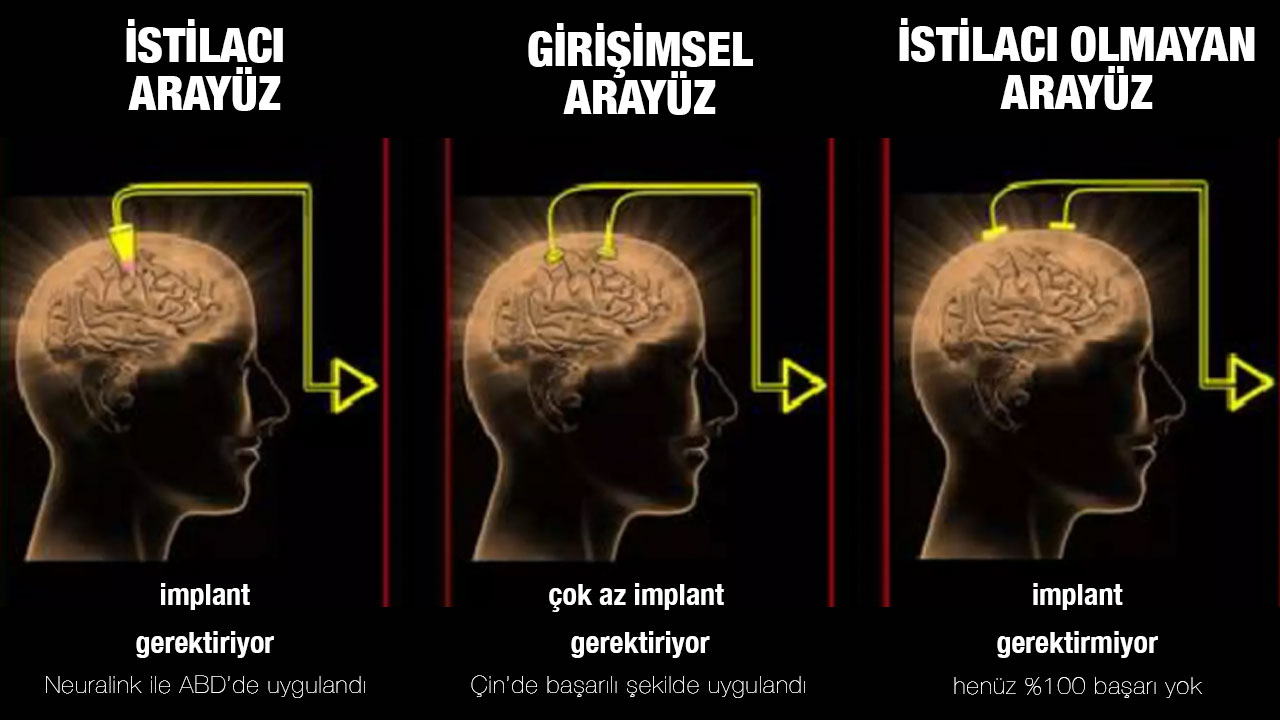A historic stage has been reached during research in China on the brain-machine interface (BCI). For the first time, a primate’s brain has been connected to a computer using the “interventional interface” method. This method is much more harmless and low-risk compared to Elon Musk’s Neuralink chip.
Neuralink, owned by US businessman Elon Musk, previously introduced a 1 TL coin-sized chip that can communicate with the brains of a pig and a monkey. brain with a 10 to 15 minute operation. requiring the connection of a large number of capillary electrodes An alternative to Neuralink is also being developed in China.
Chinese researchers have discovered a monkey’s brain for the first time in history. “interventional interface” method They were able to connect it to the computer. Of course, this link promises much more than Musk’s Neuralink. Because it minimizes the harm done to the patient.
Although there is still a long way to go, thanks to this successful method, patients will be able to move their limbs through thought with almost no risk:
In the operation performed at Nankin Hospital Baskent Medical University, “interventional electroencephalography (EEG)” was applied to the cerebrovascular part of the monkey brain. Putting it this way, this process, which seems extremely complex, actually means that a more modern and harmless method, the “interventional brain-machine interface”, is established. In other words, for the first time in the world, a primate’s brain was connected to a computer with this method. same operation successful on a sheep before had resulted.
Ma Yongjie from the research team, thanks to the brain-computer interface they realized that patients with motor dysfunction want to solve their problems states. In other words, patients who cannot perform the commands given by the brain with their limbs will be able to move their limbs when they use this brain-computer interface. According to Yongjie, despite the success achieved, there are still many improvements to be made.
RELATED NEWS
Can Two People With Their Brains Connected To Computers Read Each Other’s Thoughts On The Internet?
During the research, the scientists found that the monkey’s brain signals produced through thought They enabled a robotic arm to be moved in accordance with thought. In addition, the interface that connects the brain to the computer is connected in a way that causes the least harm to the patient during the surgery.
There are three different brain-machine interface (BCI) methods:

Also used in Elon Musk’s Neuralink invasive interface (invasive BCL): In this method, electrodes with capillary wires extending from a small and portable chip are implanted in certain areas of the brain, and there is a risk of infection afterward as it requires surgery. On the contrary, non-invasive interface (non-invensive BCL) It is accepted as a standard and as it can be understood, no cables or implants are applied to the patient’s brain.
The third and final aspect is the combination of these 2 methods, which carries a lower risk of infection as it requires very minimal interventions in the patient’s brain. interventional interface (inerventional BCL) It is considered. Here’s the interface made by Chinese scientists is an interventional interface.
The successful connection previously established with Neuralink in invasive interface technology has now been achieved with an entrepreneurial interface that requires less operation. For this reason, while China is ahead of the US in terms of entrepreneurial interfaces, the US seems to be ahead of China in terms of invasive interfaces. In addition, these technologies developed in the USA are under the control of private companies, while those developed in China are under the control of state-supported research universities.
This success has not yet been achieved in the brain-computer interface, which will have no harm to the brain or the human body. However, it seems that we will witness it in blood in a not too distant time period.
